
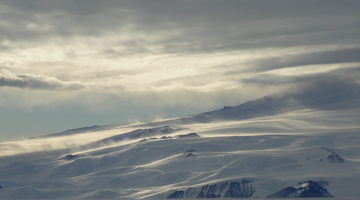
Antarctica is the coldest, driest, windiest and highest continent on Earth. What makes the frozen continent so valuable to scientists and vulnerable to human contact? Every year, scientists and ...
READ MORE

NIWA’s research vessel the Tangaroa went on an 8-week voyage to the Ross Sea to survey the marine environment and explore biodiversity in the region. The journey from February until mid-March ...
READ MORE

The main current in the Southern Ocean is the Antarctic Circumpolar Current (ACC), which flows from west to east, all the way around Antarctica. The ACC is the biggest current in the world and ...
READ MORE
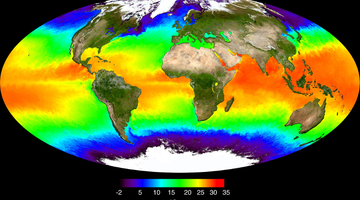
In this activity, students look at what happens when hot and cold water meet. By the end of this activity, students should be able to: discuss how temperature affects the density of water discuss ...
READ MORE

In this activity, students explore data on air and sea temperature and wind speed from Tangaroa’s 8-week voyage to Antarctica. Rights: National Institute of Water and Atmospheric Research (NIWA) ...
READ MORE

In this activity, students build simple models to demonstrate the differing impacts of melting land ice and sea ice on sea level rise. Rights: The University of Waikato Te Whare Wānanga o Waikato ...
READ MORE

Weddell seals and orca are among the top predators in the Ross Sea region of Antarctica, and more than half of the Weddell seal population can be found in the Ross Sea. Information about changes ...
READ MORE
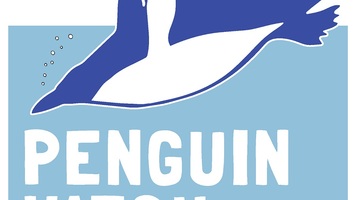
Help scientists establish valuable baseline data about the numbers, locations, habits and health of penguins in a range of Southern Ocean sites. This information will enable better understanding ...
READ MORE
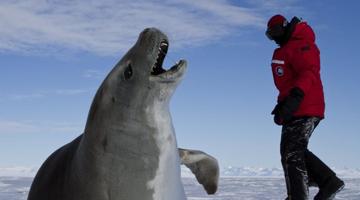
Antarctica’s crabeater seals are the focus of an international study led by the University of Canterbury. The aim is to understand potential environmental and social impacts on one of the ...
READ MORE
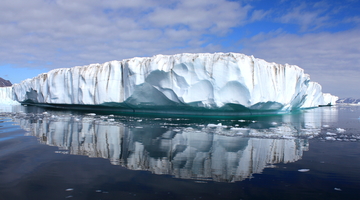
Climate change is one of the world’s big issues. It is also a big topic to tackle in the classroom. The Hub’s planning pathways interactive suggests ways in which climate change can be broken ...
READ MORE
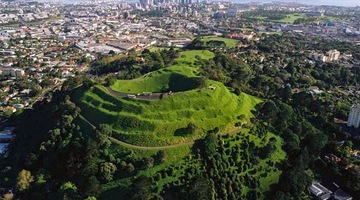
Children’s involvement in science is increased when they have an opportunity to make decisions about science-based issues that have consequences for their lives. It’s bringing science into the ...
READ MORE
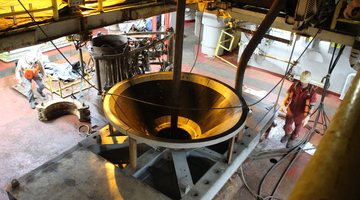
In this recorded professional learning session, Lyn Rogers and guest Aliki Weststrate from GNS Science explore some of the science involved in building our understandings of natural hazards ...
READ MORE
To keep Antarctica as pristine as possible all impacts from human presence have to be kept to an absolute minimum, this includes human wastes. The field camp has an out-doors toilet that consists ...
READ MORE
Stacey Mulgrew, the Land Information representative gives a tour of the ship. Stacey starts on deck and explains the decks of the ship using the ship’s deck plans. She shows where one of the ...
READ MORE
This animated video shows the movement of the tectonic plates that make up the Earth’s crust. Starting 600 million years ago, watch continents form and break apart as the plates move. Pangaea the ...
READ MORE
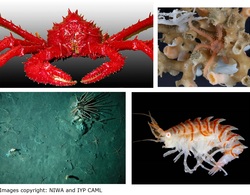
This short slideshow shows some of the animals found in the Antarctic benthic zone. Use the Slideshow menu for further options, including view full screen, and go here for the download option.
READ MORE

Test your knowledge of the carbon cycle – and diagrams – with this quiz. Use the carbon cycle interactive to help you answer the questions. For best results, open the interactive in a separate ...
READ MORE
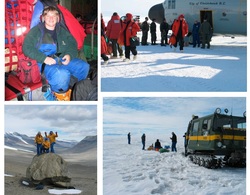
This slideshow presents images from Megan Balks and Jackie Aislabie's trips to Antarctica. Use the Slideshow menu for further options, including view full screen, and go here for the download ...
READ MORE